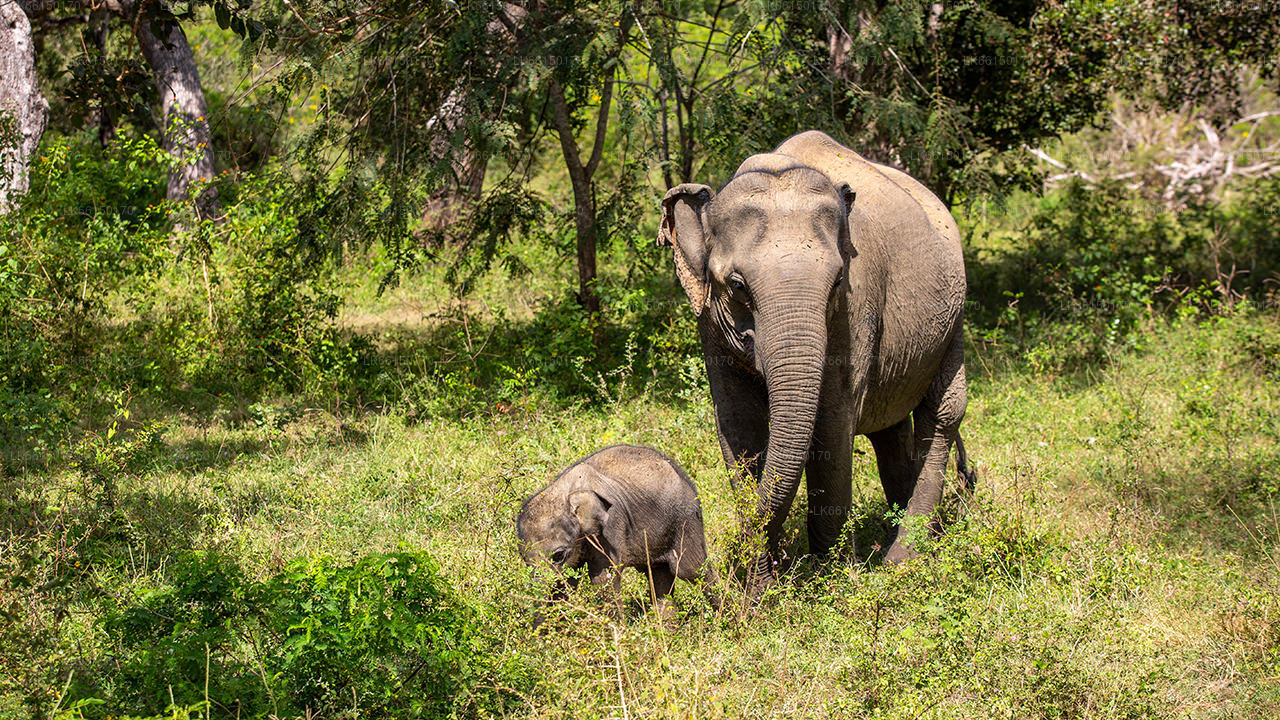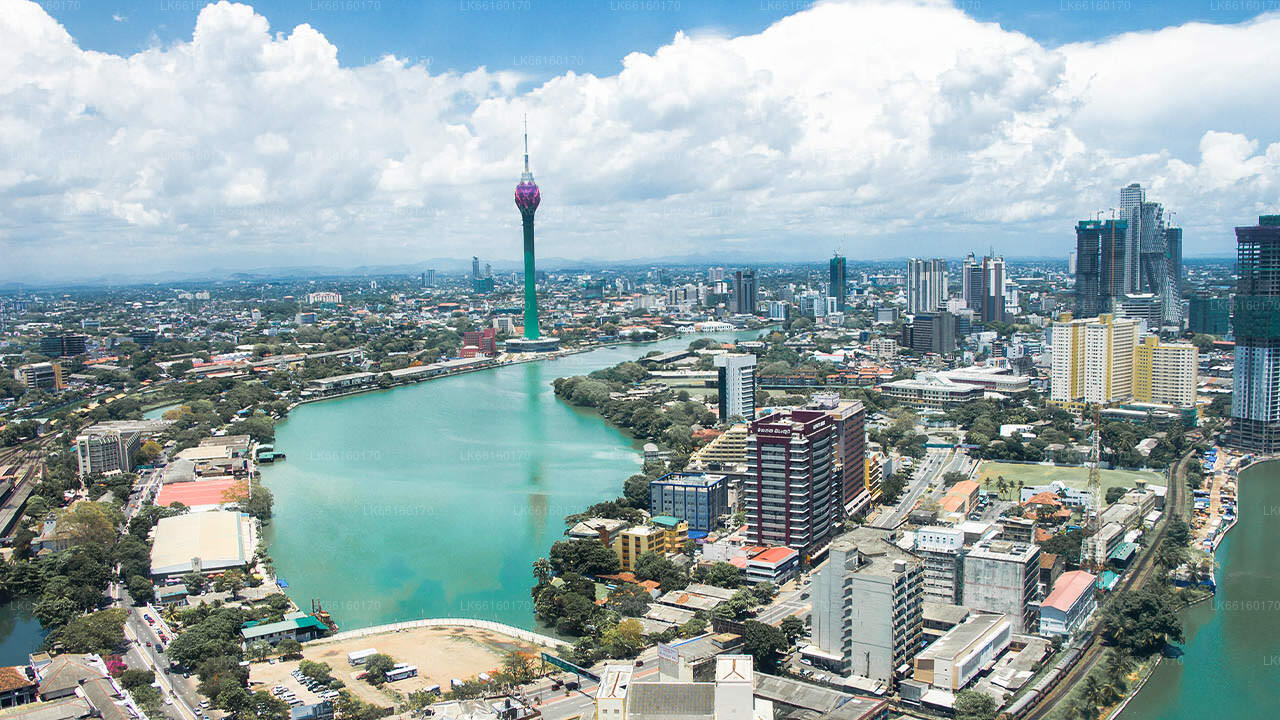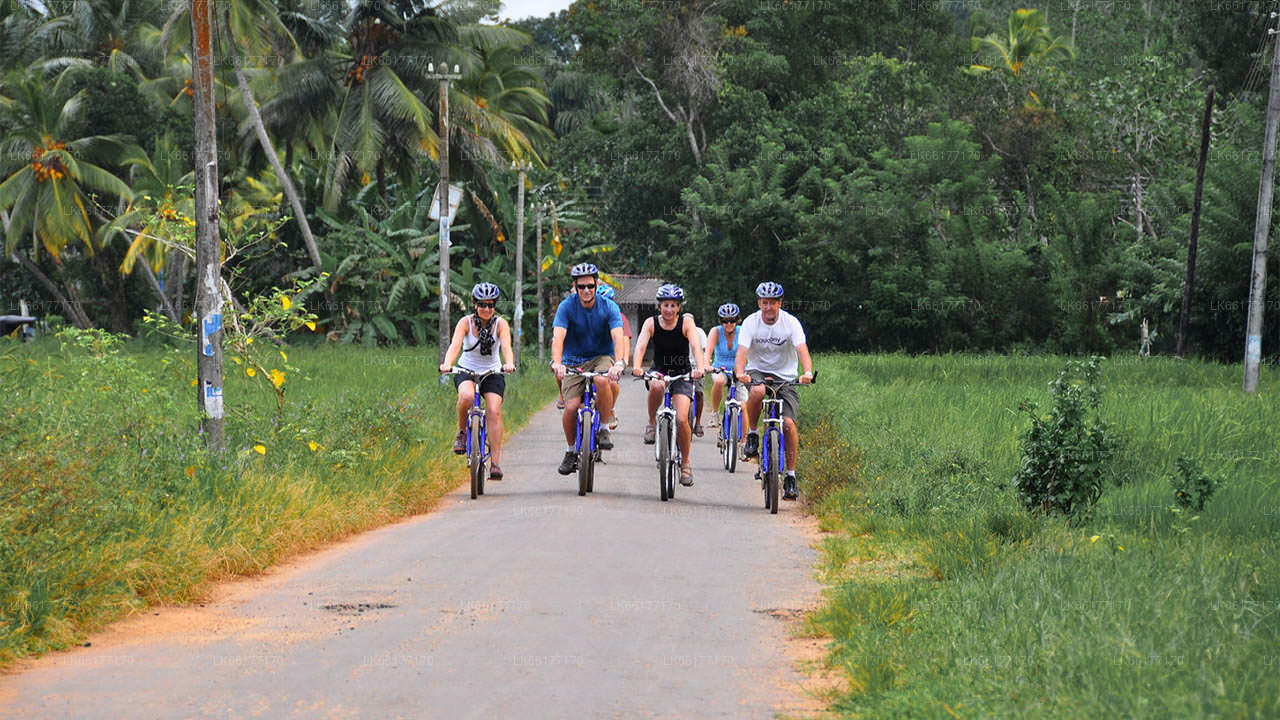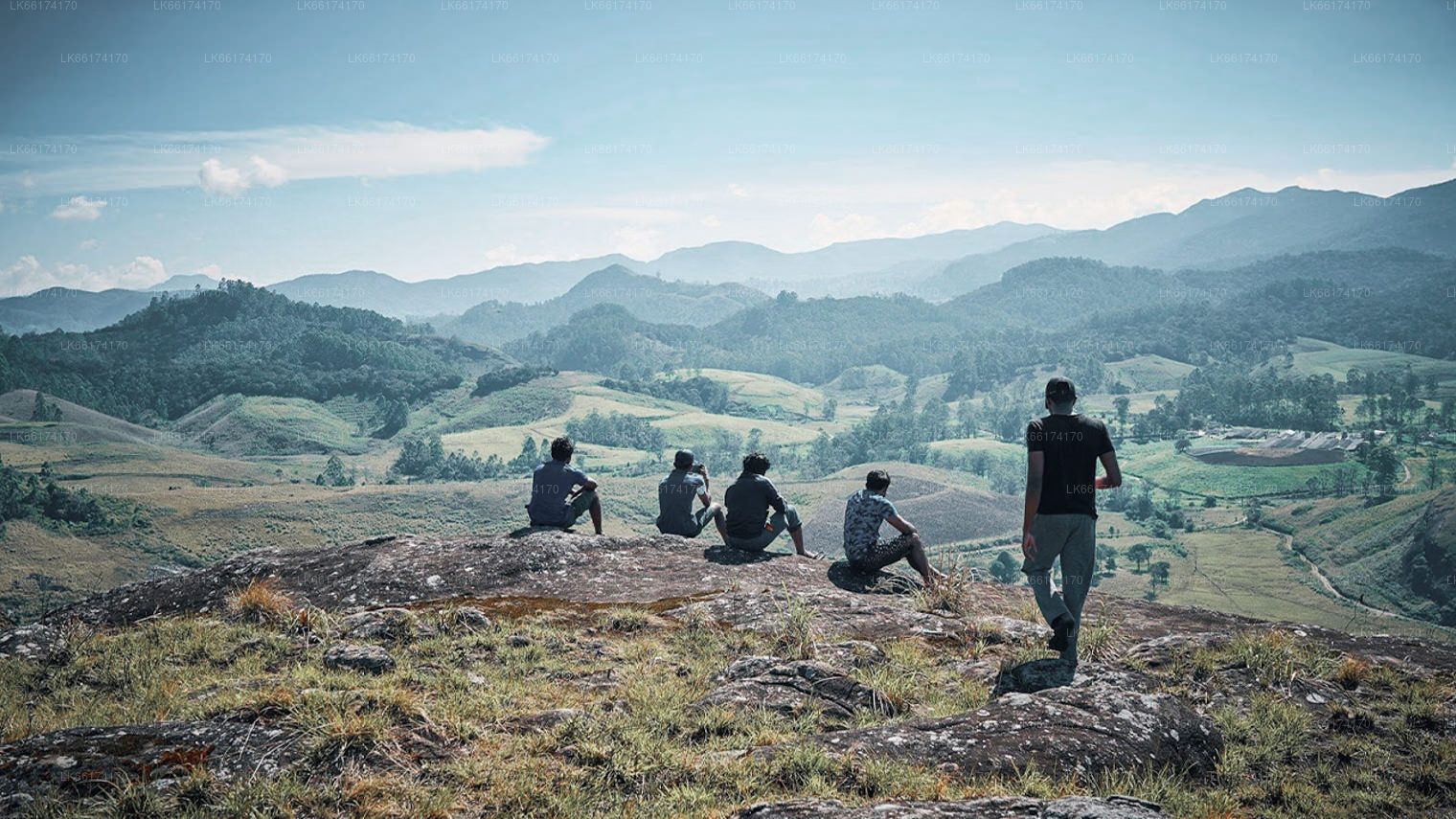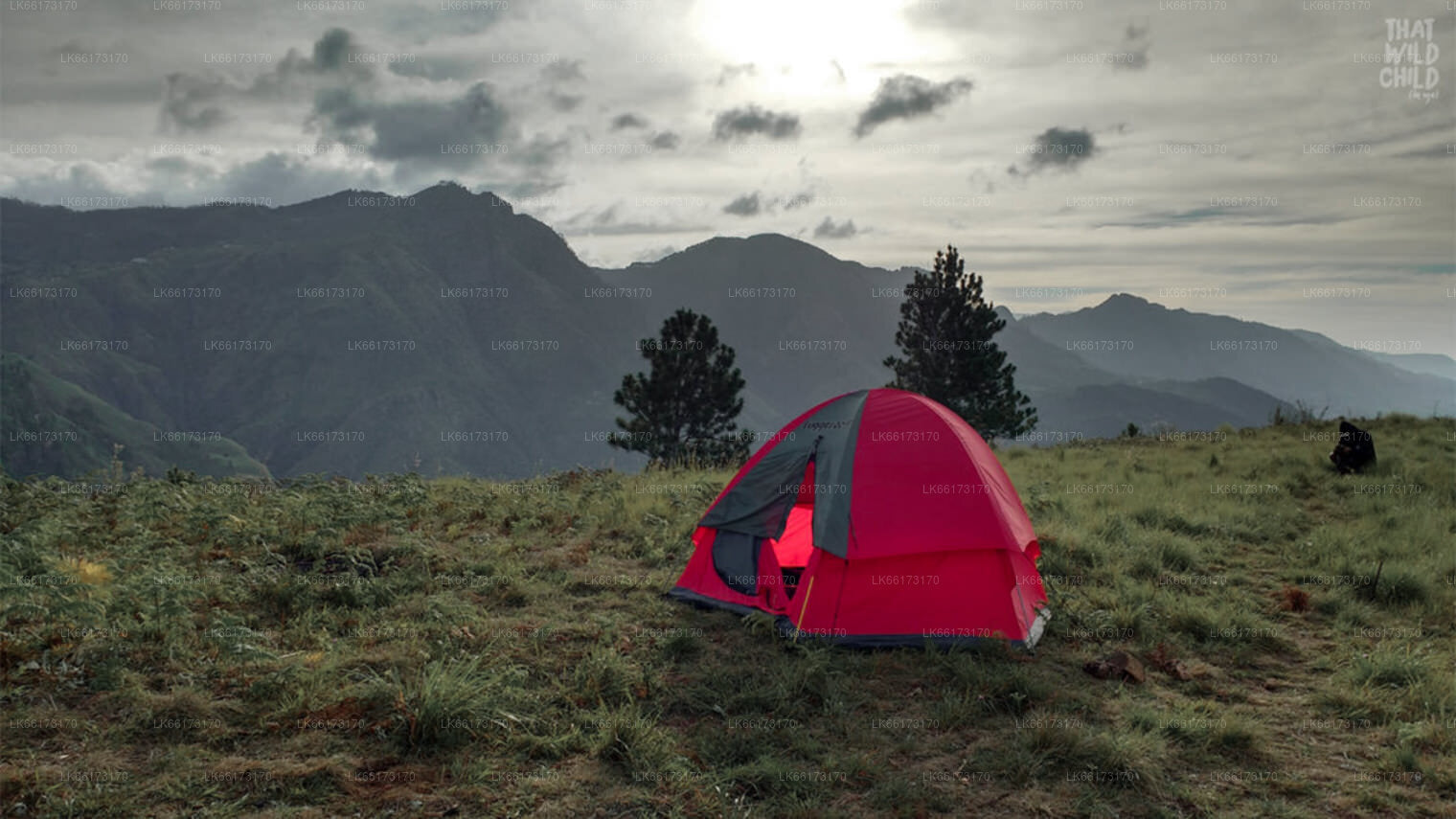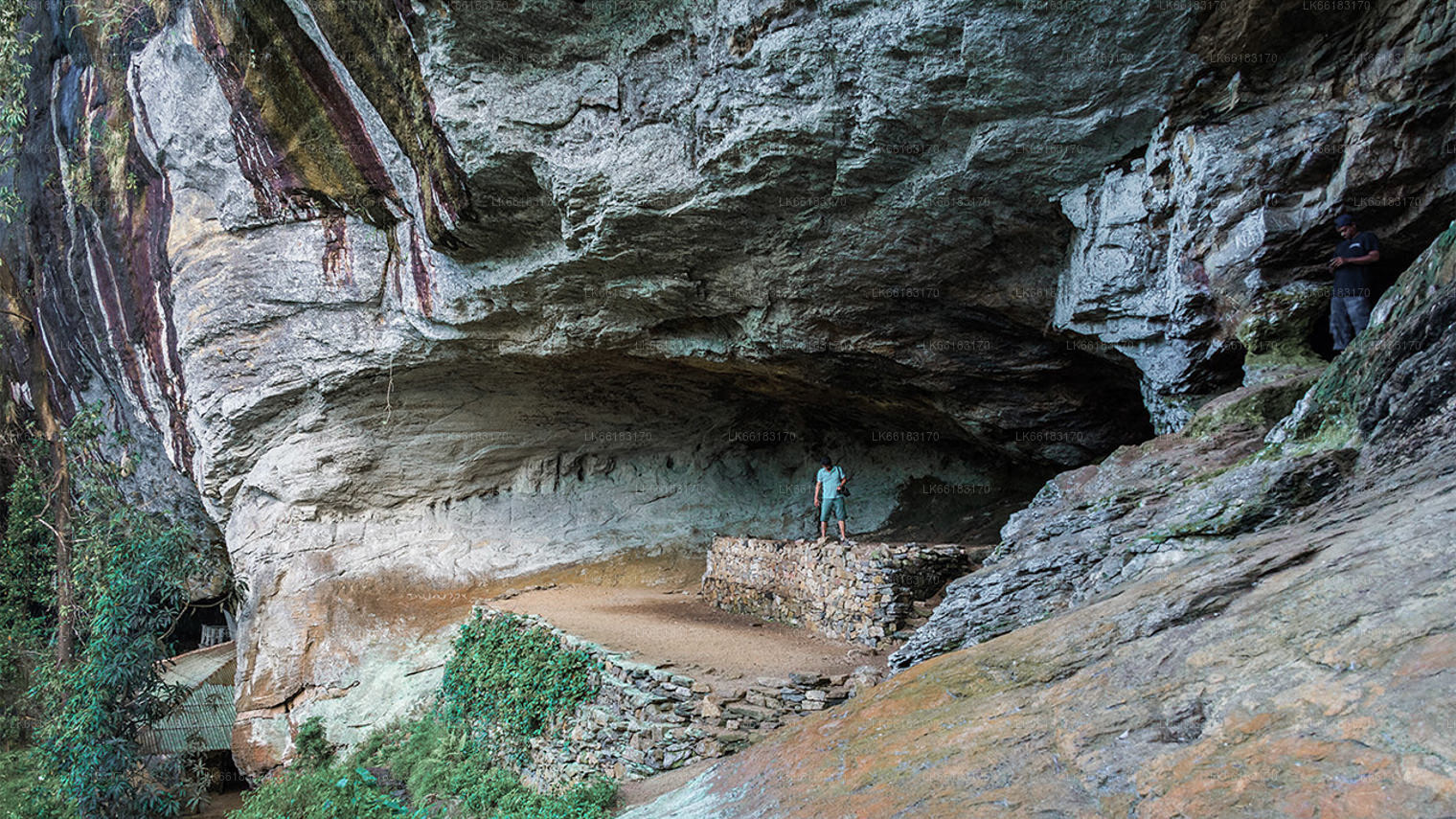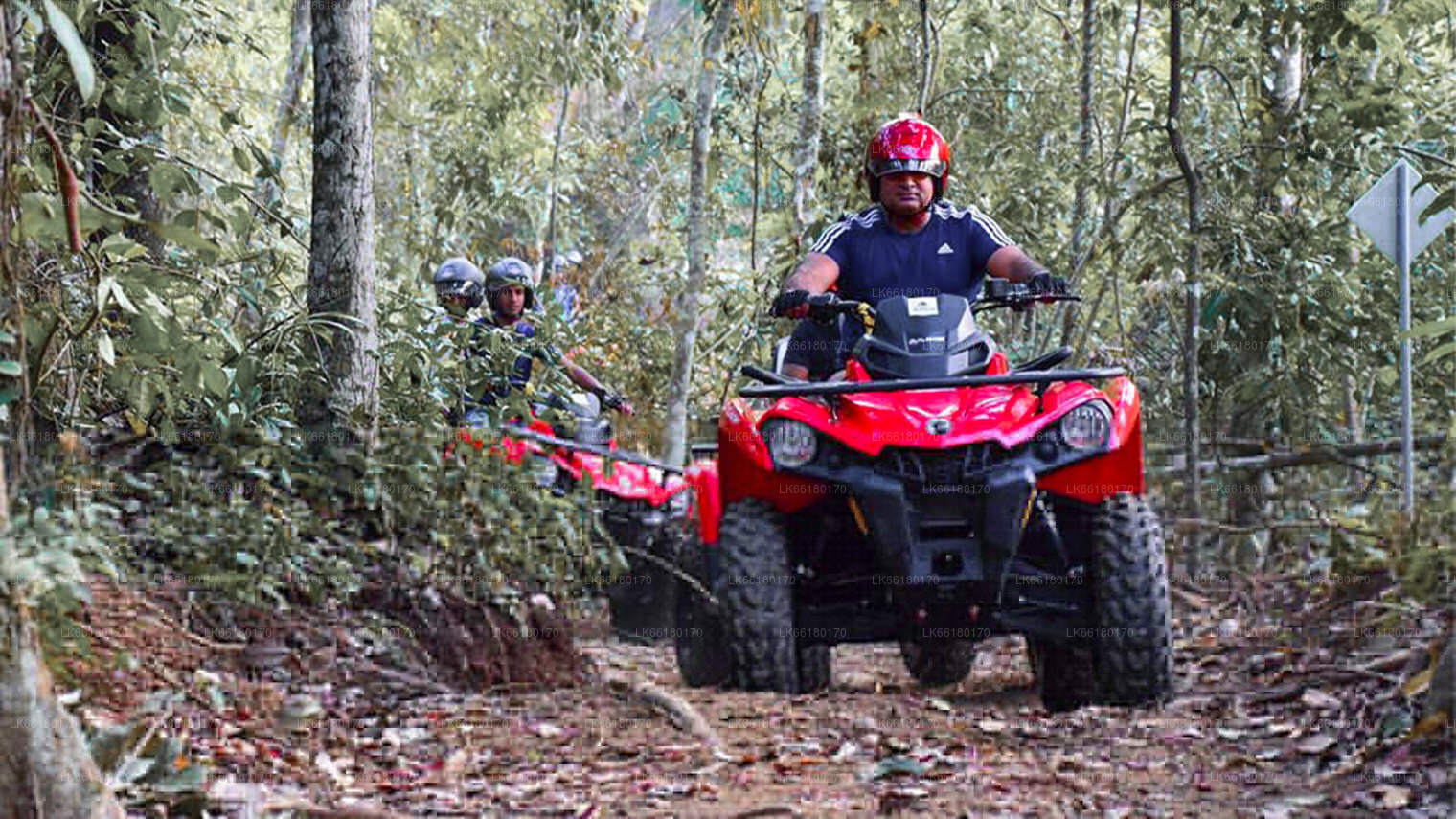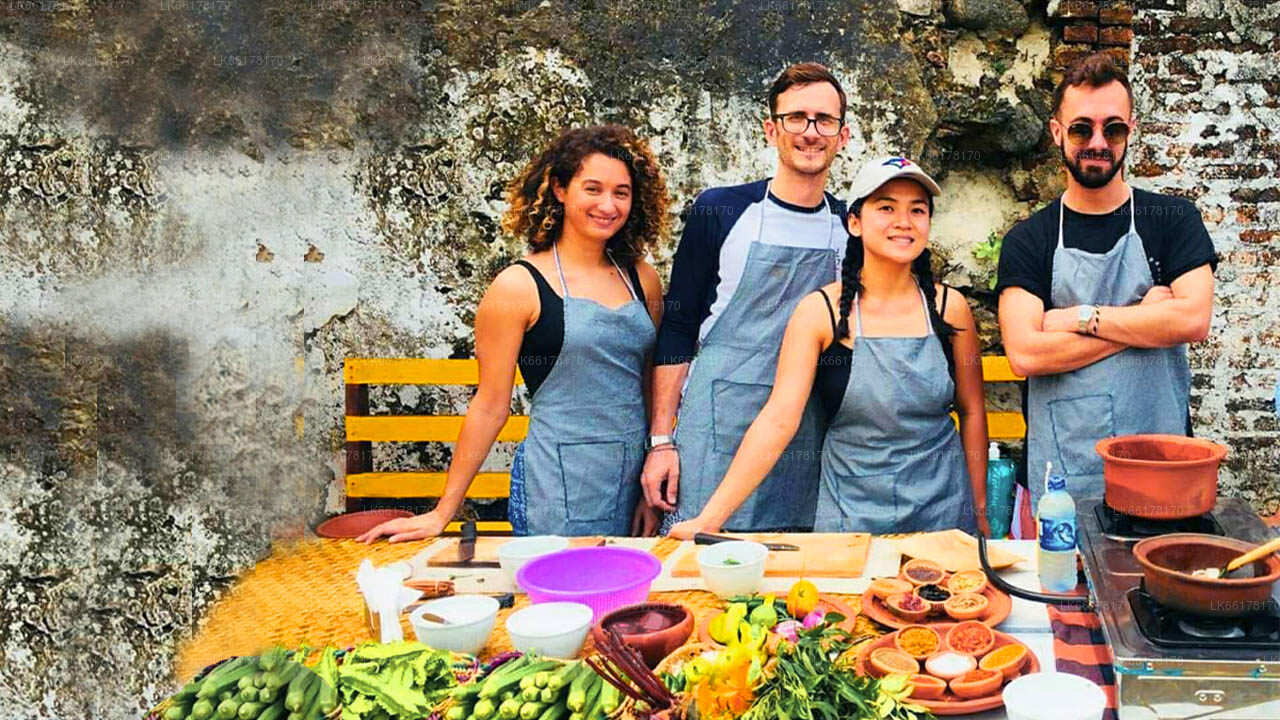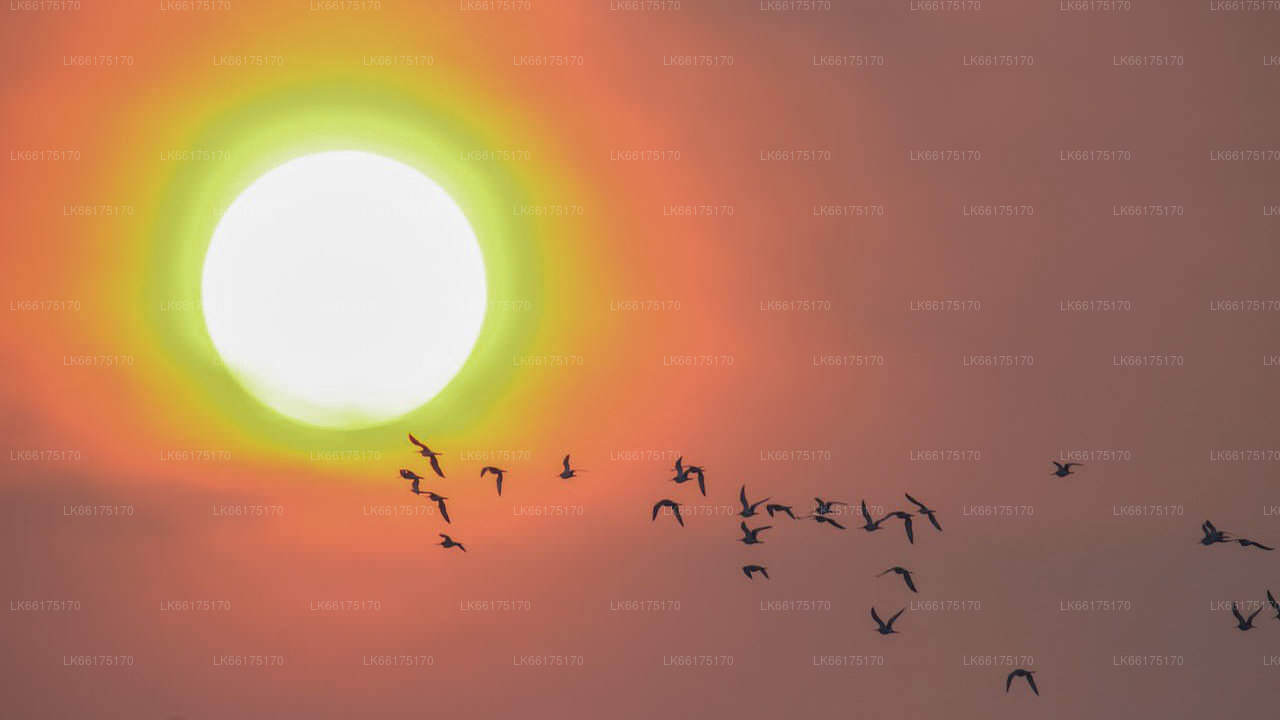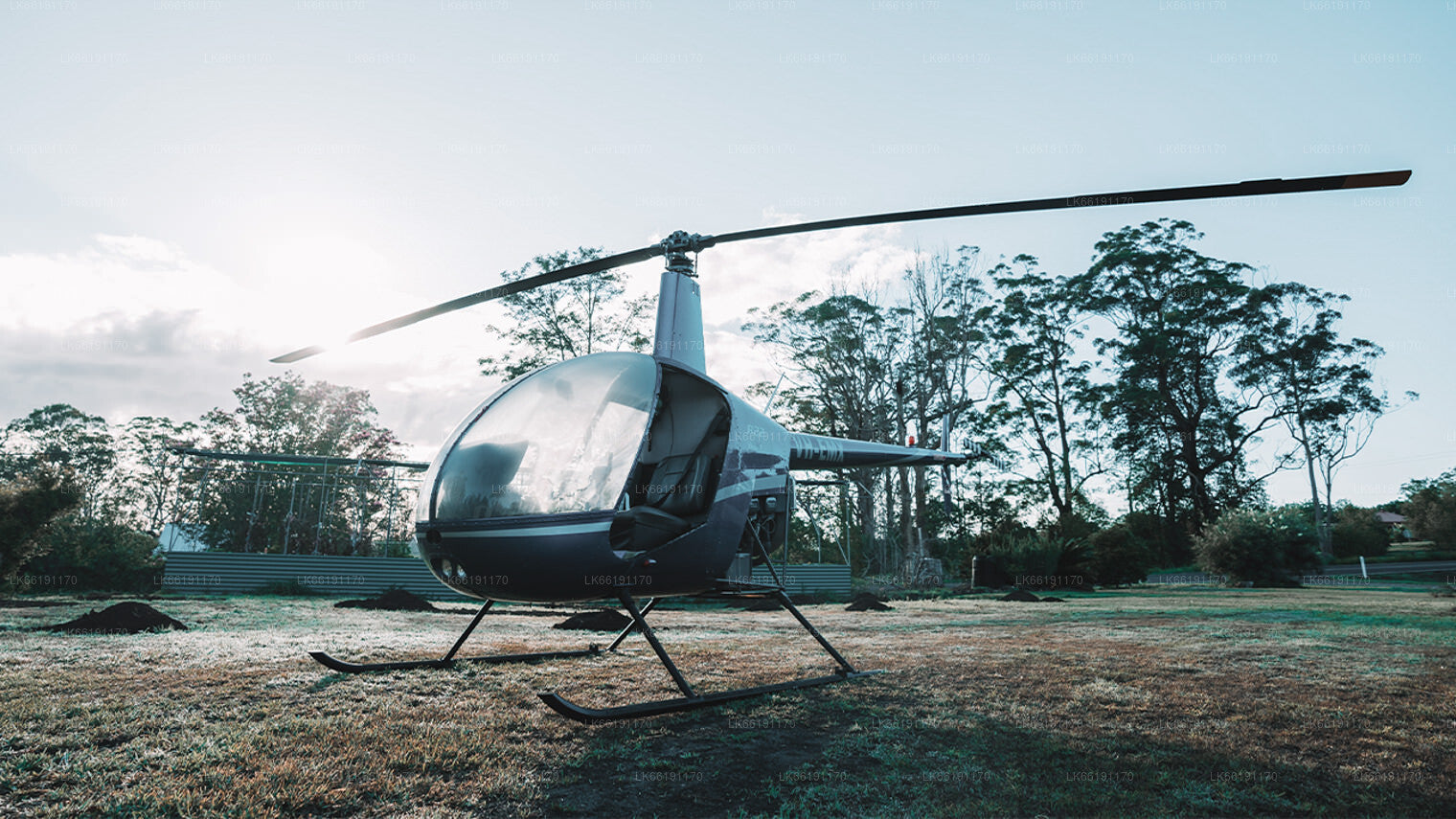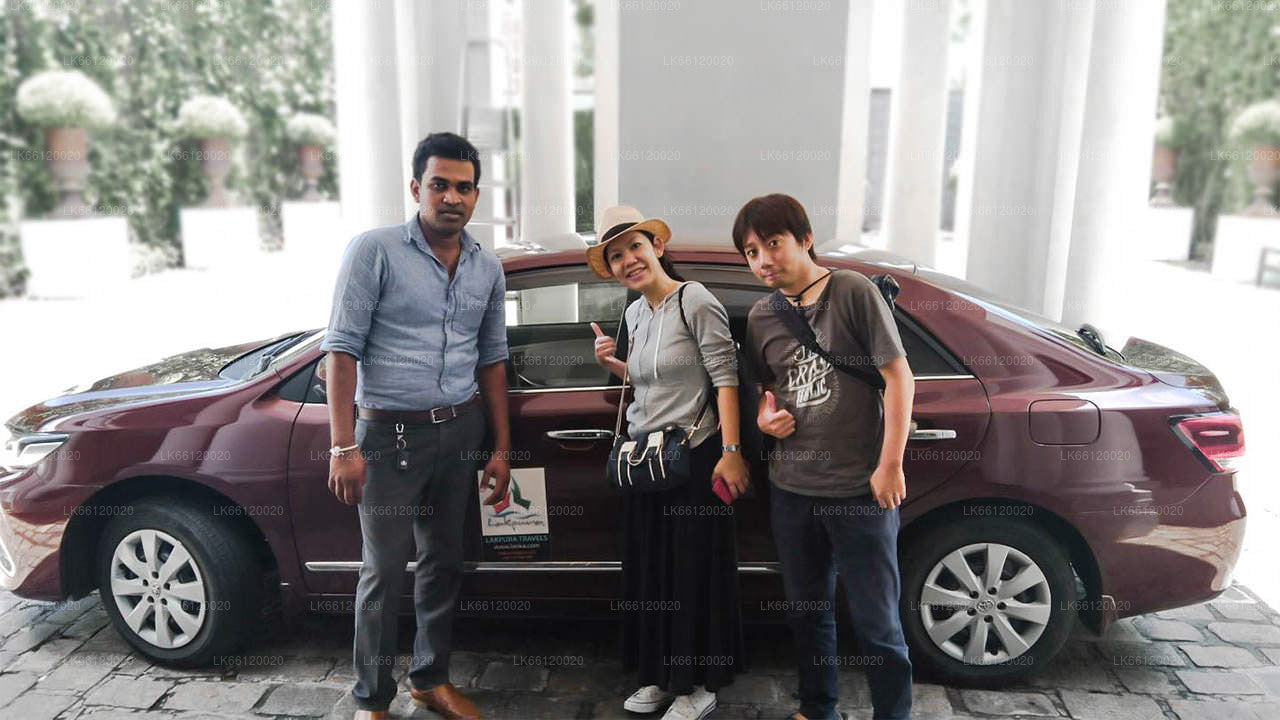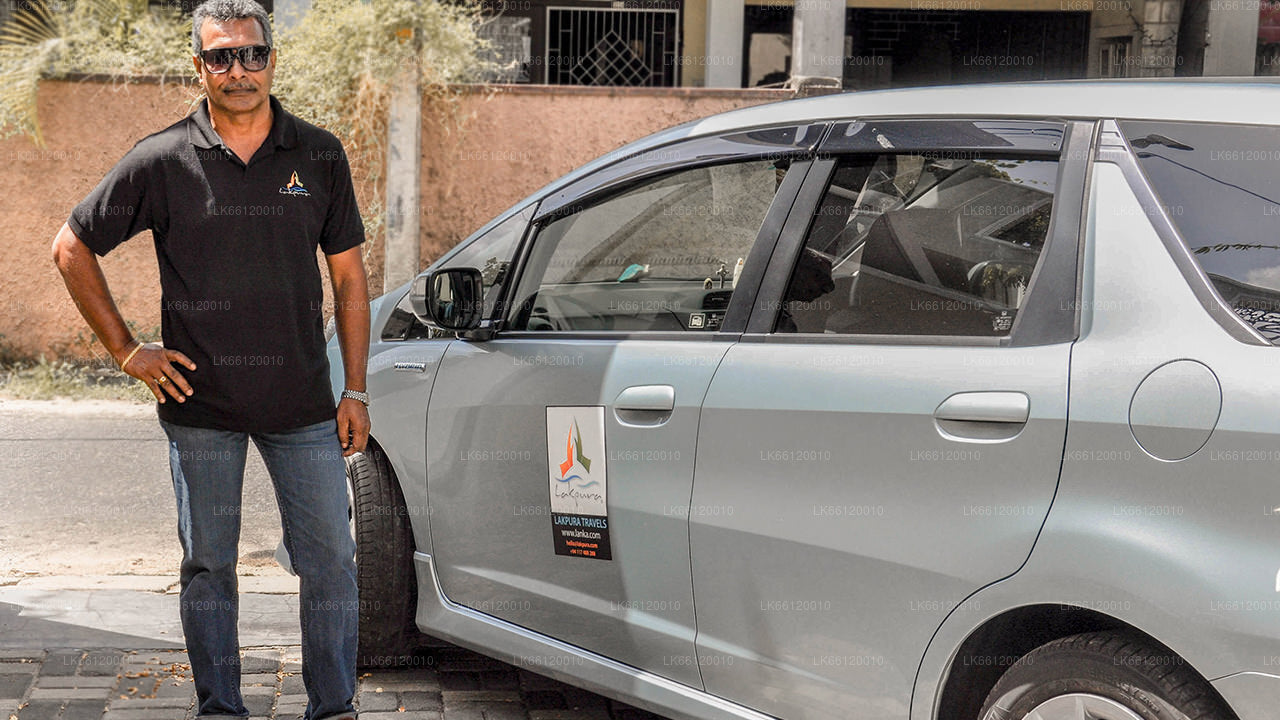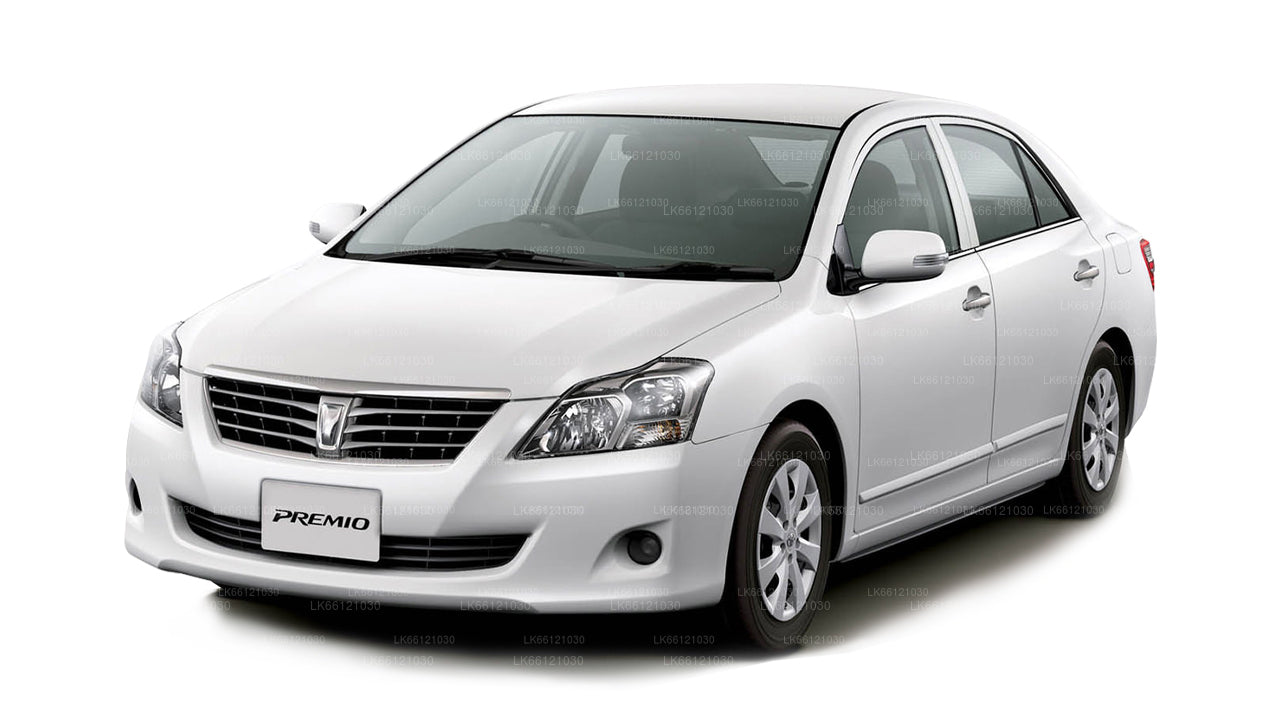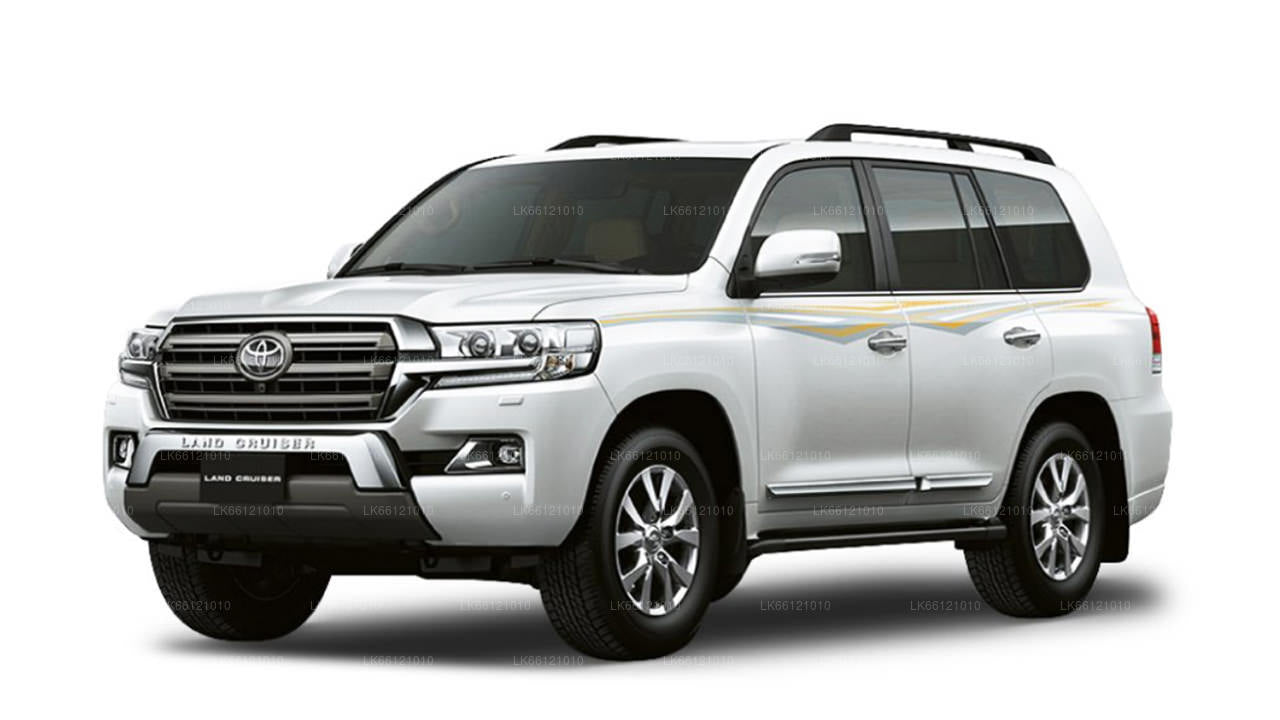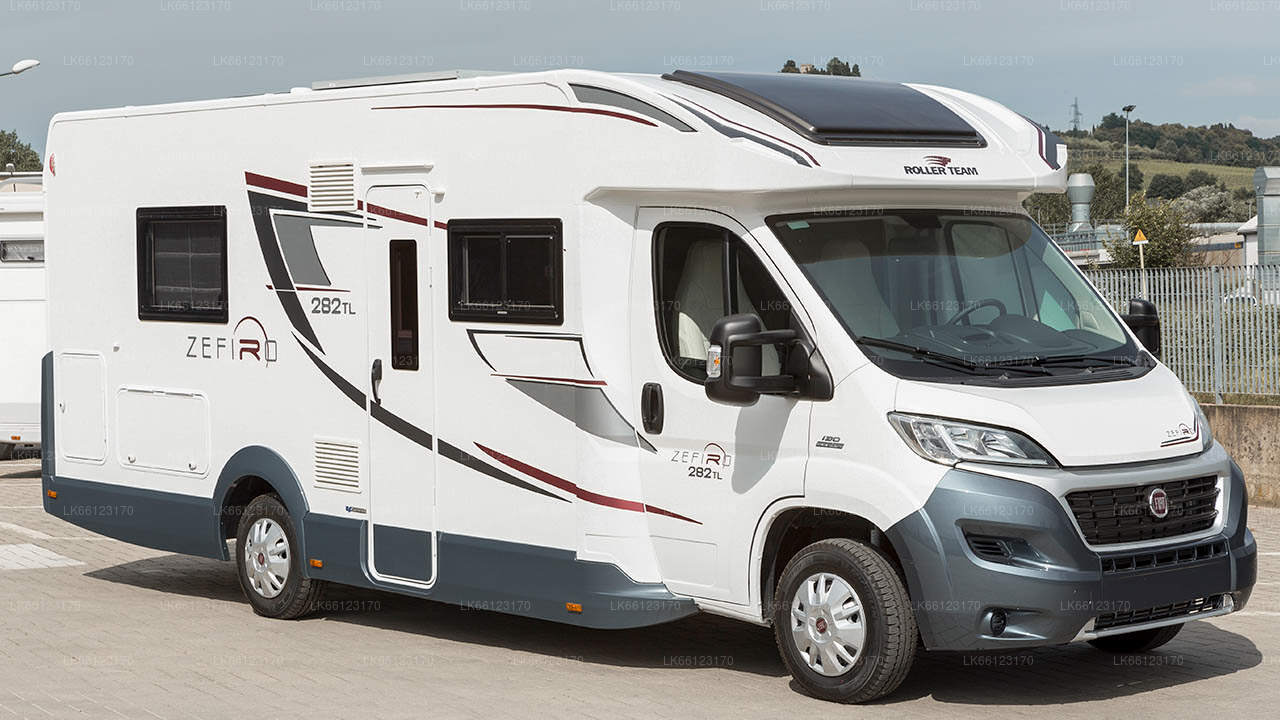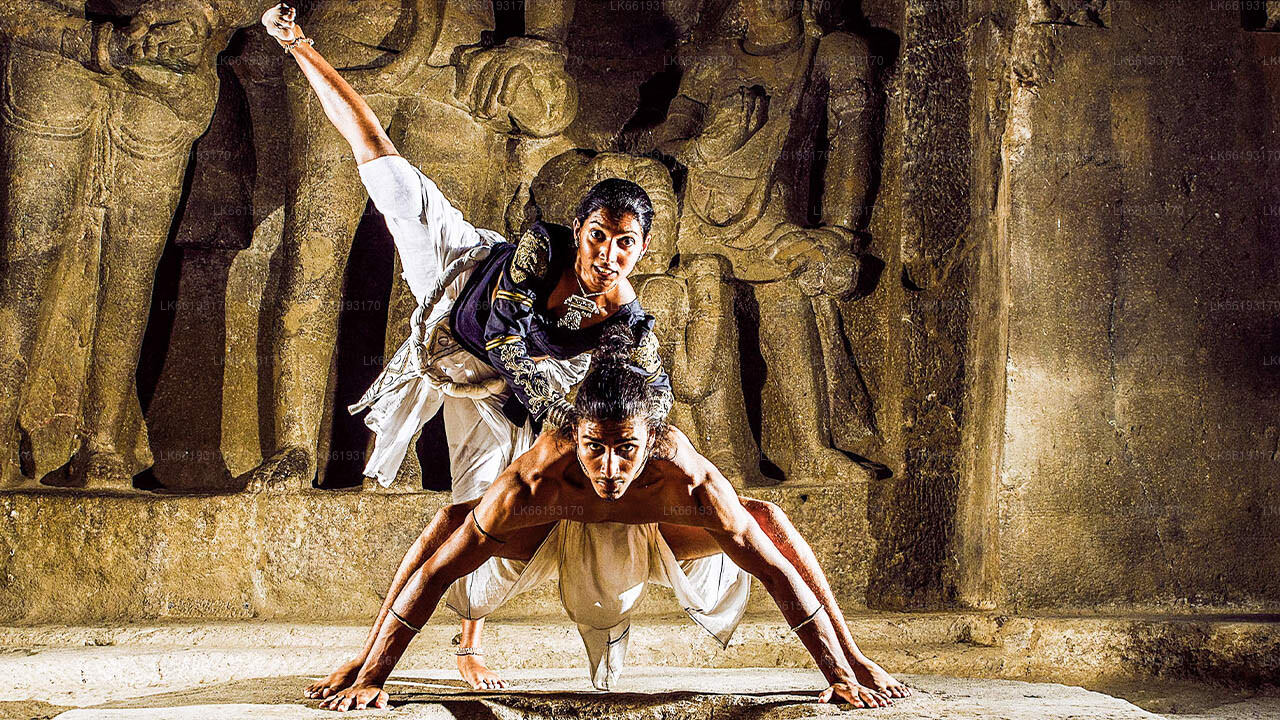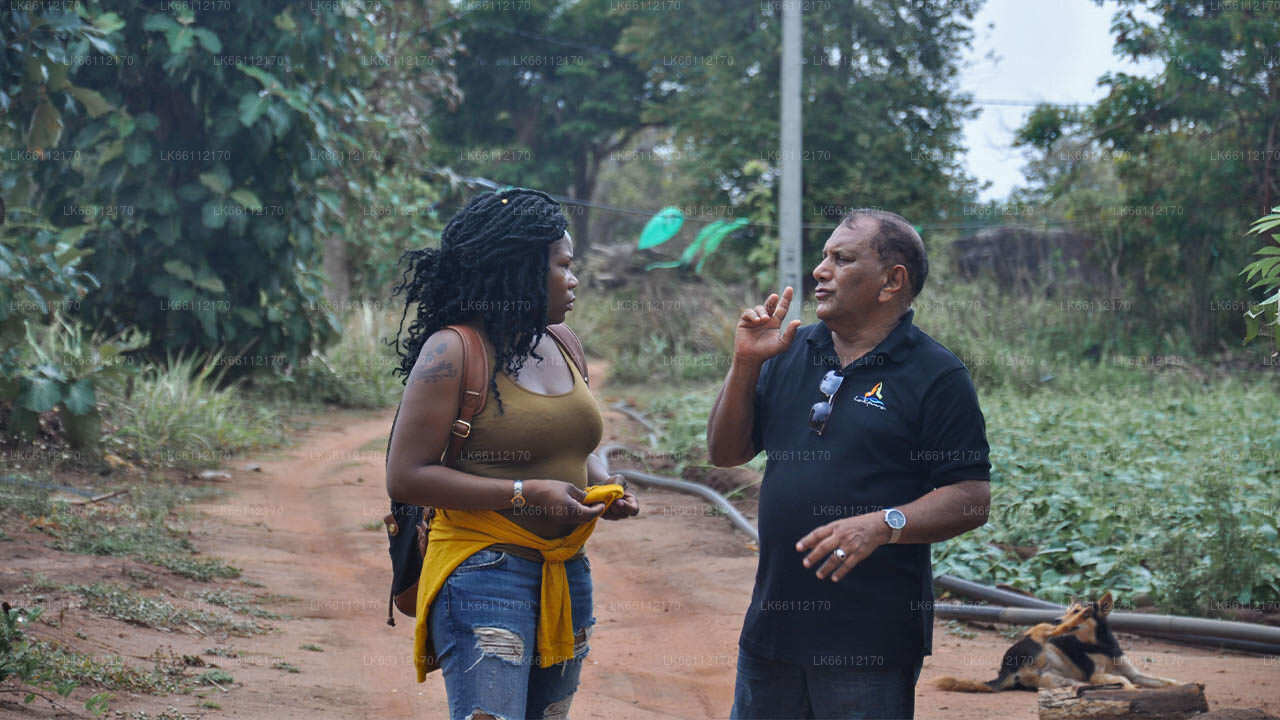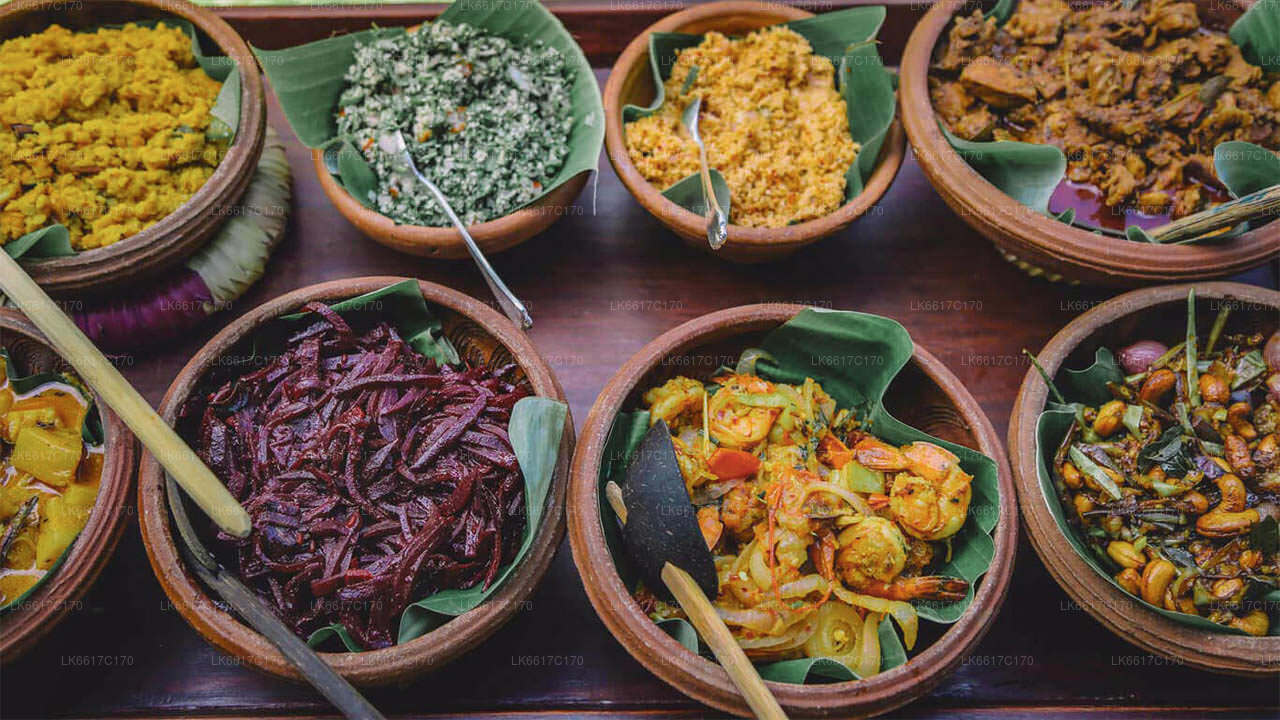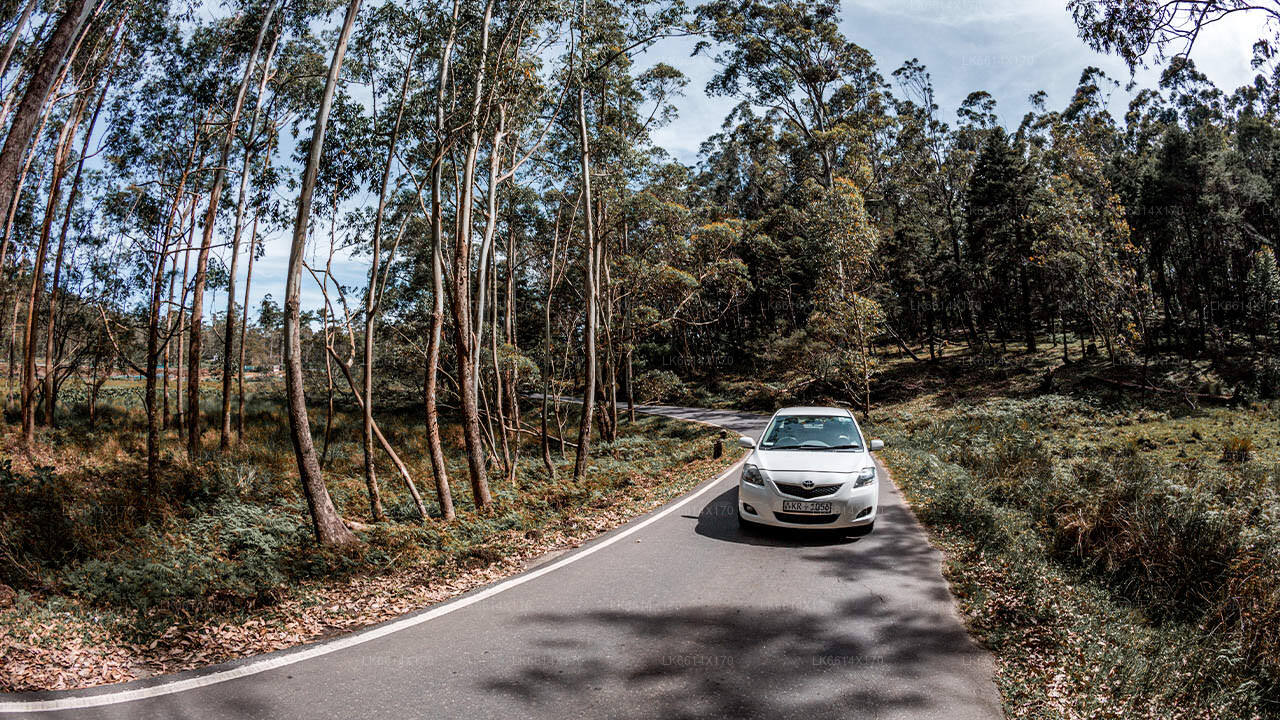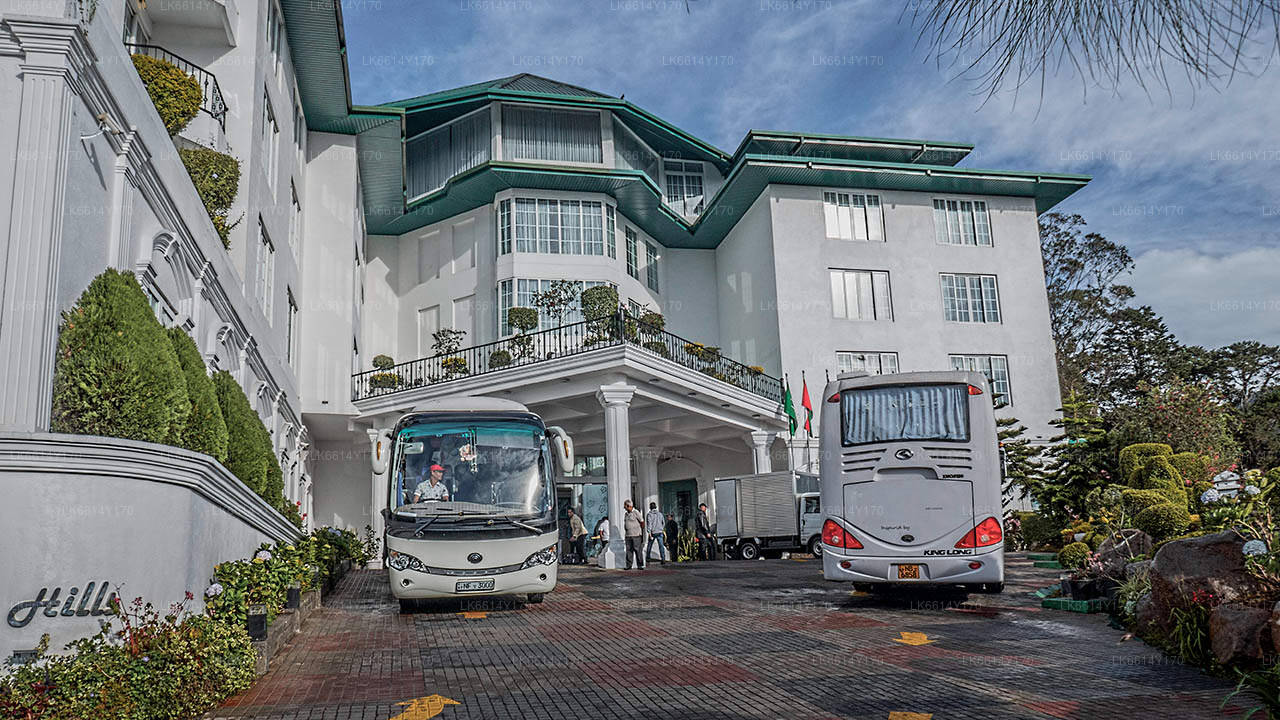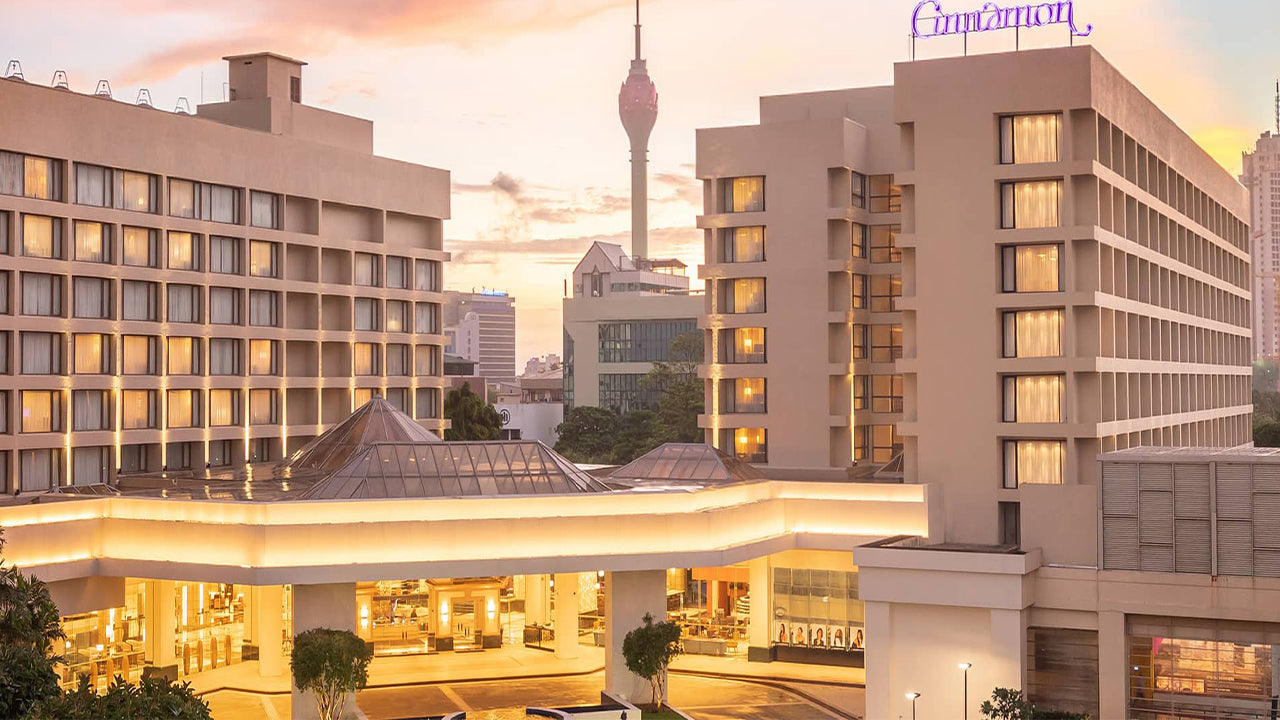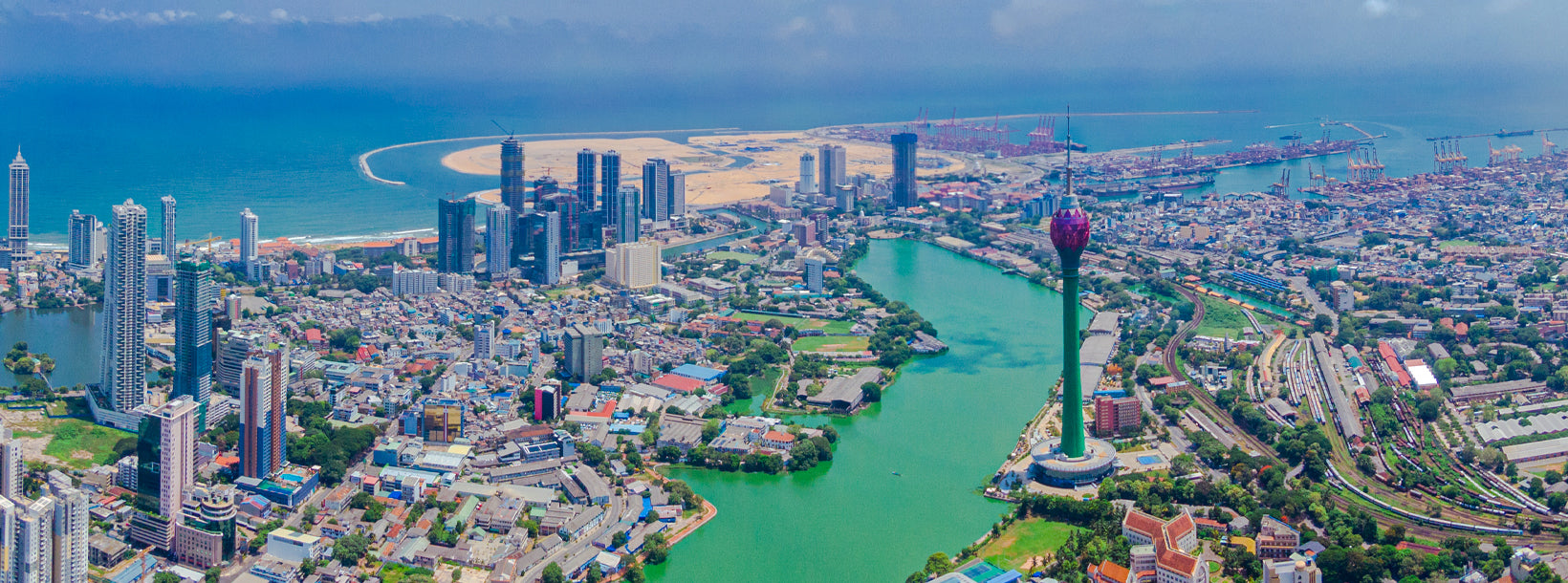
Colombo City
Colombo, the capital of Sri Lanka, is a dynamic city blending tradition and modernity. It showcases colonial architecture, lively markets, and serene Buddhist temples. With diverse cuisine, a growing skyline, and beautiful beaches, it's a vibrant hub for business, culture, and tourism, offering a gateway to explore Sri Lanka's wonders.
Colombo City
Sri Lanka’s capital Colombo, a port city with a rich colonial heritage on the western coast, is a blend of races, religions, and cultures. Colombo displays both the best and the worst the country has to offer. The city is a contrast in itself, with mansions, lush gardens, fine dining options, shopping malls packed with designer brands standing next to urban slums, congested roads, and street markets.
Despite its small size of just 37.31 km², Colombo offers a wide variety of experiences ranging from taking a tuk tuk ride, visiting the Pettah market, and eating kottu to playing a round of golf and having high tea at one of the colonial-style hotels overlooking the Indian Ocean. With many boutiques filled with international brands and local art and fabrics, Colombo is the best place to do last-minute shopping. Then, it’s best to retire to Galle Face Green, Colombo's playground, for some kottu or wade.
About Colombo City
Colombo City, the capital of Sri Lanka, is an intense, vibrant, and dynamic commercial city with a population of 3 million. Colombo, with its seaport and its international airport located 35 km north of the city center, is Sri Lanka's prime hub of transportation: the main motor roads and railway lines to all parts of the island begin here. Among the accommodation options in Colombo, which sports an array of international-class hotels, boutique hotels, and villas, are top-tier establishments like Hilton Colombo.
Galadari Hotel, Ceylon Continental, Cinnamon Grand Colombo, Cinnamon Lakeside, Taj Samudra Colombo, Hotel Holiday Inn, and Galle Face Hotel are among the hotels of international standing in Colombo. The heart of the city called "Fort" (Colombo’s Portuguese fort no longer exists) is home to colonial buildings that house department stores and government offices, alongside modern high-rise buildings containing trade centers and commercial banks. Fort is also the center of Sri Lanka’s financial system, with institutions like the Central Bank, Bank of Ceylon, Peoples Bank, and multinational banks helping to drive the nation’s economy.
Galle Face Green, the perfect seafront promenade, runs parallel to the Indian Ocean and is a refreshing surprise to visitors entering Colombo. Just after passing the Hotel Galadari and Hilton Colombo, visitors will arrive at the historic Galle Face Hotel to the right, with Taj Samudra and Hotel Holiday Inn to the left. The Colombo–Galle coastal road stretches 160 km to Matara, hugging the coastline and often running parallel to the southern railway line. From Wadduwa to Matara, this southwestern belt offers pristine beaches supported by international-class hotels. Spend the night at Bentota Bay Beach (64 km from Colombo).
Why Colombo?
About Colombo District
Colombo is the largest city and commercial capital of Sri Lanka. It is located on the west coast of the island and adjacent to Sri Jayewardenepura Kotte, the capital city of Sri Lanka. Colombo is a busy and vibrant city with a mixture of modern life and colonial buildings and ruins and a city population of 647,100.The Colombo Metropolitan Region, defined by the districts of Colombo, Gampaha and Kalutara, has an estimated population of 5,648,000, and covers an area of 3,694.20 km²
Colombo is a multi-ethnic, multi-cultural city. It is the most populous city in Sri Lanka, with 642,163 people living within the city limits. The population of Colombo is a mix of numerous ethnic groups, mainly Sinhalese, Moors and Tamils. There are also small communities of people with Chinese, Portuguese, Dutch, Malay and Indian origins living in the city, as well as numerous European expatriates.
The great majority of Sri Lankan corporations have their head offices in Colombo. Some of the industries include chemicals, textiles, glass, cement, leather goods, furniture, and jewellery. In the city center is located South Asia's second tallest building - The World Trade Centre.
About Western Province
The Western Province is the most densely populated province of Sri Lanka. It is home to the legislative capital Sri Jayawardenepura Kotte as well to Colombo, the nation's administrative and business center. Western Province is divided into 3 main districts called Colombo (642 km²), Gampaha (1,386.6 km²) and Kalutara (1,606 km²) districts. As Sri Lanka's economic hub, all the major local and international corporations have their presence in the city and so do all the major designer and high street retailers, so be ready to indulge in some retail therapy in western province.
Having the highest population in the all the provinces, the almost all the premier educational institutions in the island are located in western province. Universities in the province include the University of Colombo, the University of Sri Jayewardenepura, University of Kelaniya, Open University, Sri Lanka, Buddhist and Pali University of Sri Lanka, General Sir John Kotelawala Defence University and University of Moratuwa .Western province has the largest amount of schools in the country, which includes National, Provincial, Private and International schools.


